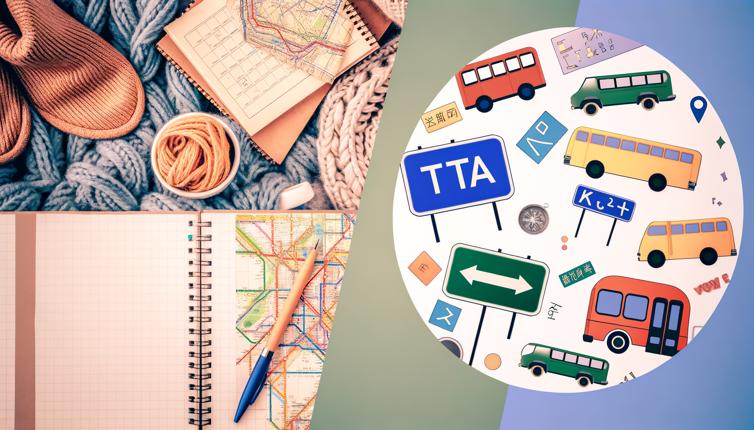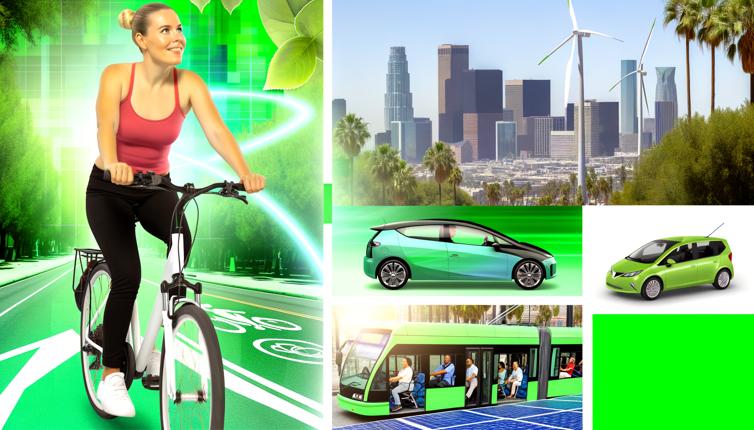Learning Basic Phrases
One of the first steps in overcoming language barriers in transportation is to learn some basic phrases in the local language. This can include greetings, asking for directions, and understanding common transportation-related terms. By familiarizing yourself with these phrases, you will be better equipped to communicate with locals and navigate through different modes of transportation.,There are several resources available online, such as language learning apps and websites, that can help you learn basic phrases in the local language. It's also a good idea to carry a pocket-sized phrasebook or use translation apps on your smartphone for quick reference.,Learning basic phrases not only helps you communicate with locals but also shows respect for their culture and language. This can often lead to a more positive and enjoyable travel experience.
Using Translation Apps
Translation apps have become incredibly advanced in recent years, making them a valuable tool for overcoming language barriers in transportation. These apps allow you to translate spoken or written text in real-time, making it easier to converse with locals or understand signs and directions.,There are several popular translation apps available, such as Google Translate, Microsoft Translator, and iTranslate. These apps typically offer offline translation capabilities, allowing you to use them even when you don't have an internet connection. Some apps also provide additional features like voice recognition, image translation, and language detection.,To use a translation app effectively, make sure to download the necessary language packs before your trip. Familiarize yourself with the app's features and practice using it before your journey. While translation apps can be incredibly useful, it's important to keep in mind that they may not always provide 100% accurate translations. It's always a good idea to use them as a supplement to your language skills and rely on other communication methods as well.
Utilizing Public Transportation Apps
Public transportation apps have revolutionized the way we navigate through unfamiliar territories. These apps provide real-time information about bus and train schedules, routes, and stops, making it easier to plan your journey and navigate public transportation systems.,Many popular transportation apps, such as Moovit, Citymapper, and Transit, are available in multiple languages and cover cities worldwide. These apps often provide step-by-step directions, estimated arrival times, and even alerts for service disruptions or delays. By using a public transportation app, you can avoid language barriers when using buses, trains, or subways in unfamiliar territories.,Before using a public transportation app, make sure to download the app for the city or region you'll be visiting. Familiarize yourself with its features and explore the available options for your specific transportation needs. Some apps also allow you to save your favorite routes or locations for quick access during your trip.,Utilizing public transportation apps not only helps you overcome language barriers but also ensures a smoother and more efficient travel experience.
Seeking Assistance from Locals
When all else fails, don't hesitate to seek assistance from locals. While language barriers can be challenging, many people are willing to help travelers navigate through unfamiliar territories. Approach locals politely, use basic phrases to communicate your needs, and be respectful of their time and efforts.,If you're struggling with directions or understanding transportation options, consider asking for help at information desks, tourist centers, or hotels. Locals who work in these establishments are often experienced in assisting travelers and may speak multiple languages. They can provide valuable insights, recommend the best transportation options, or even accompany you to your destination.,Remember, a smile and a friendly attitude go a long way in breaking down language barriers and fostering positive interactions with locals. Don't be afraid to step out of your comfort zone and ask for assistance when needed.
Conclusion
Overcoming language barriers in transportation is essential for navigating unfamiliar territories seamlessly. By learning basic phrases, utilizing translation apps, using public transportation apps, and seeking assistance from locals, you can overcome language barriers and ensure a smoother travel experience. Remember to be patient, respectful, and open-minded when interacting with locals, as language barriers should never hinder your ability to explore and enjoy new destinations.,With these strategies in mind, you'll be well-equipped to tackle language barriers and navigate through unfamiliar territories with confidence.
Questionaries
Conclusion
By implementing these strategies and exploring the available resources, you can overcome language barriers in transportation and navigate unfamiliar territories seamlessly. Don't let language barriers limit your ability to explore and enjoy new destinations. Embrace the challenges, learn from the experiences, and make the most of your travels.









